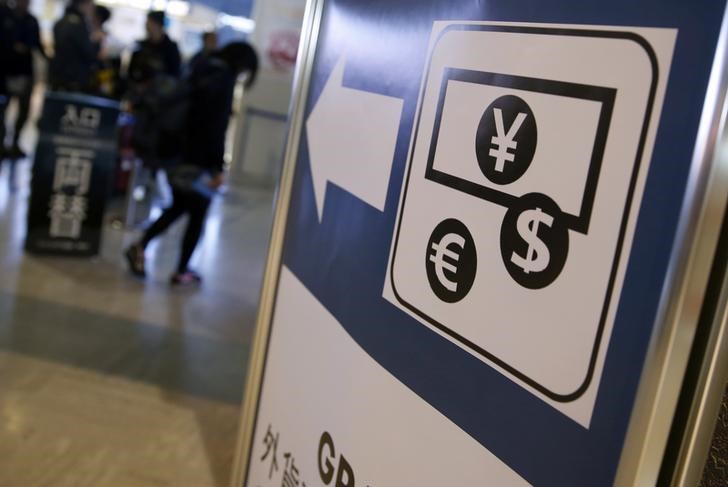The Federal Reserve (Fed), led by Chair Jerome Powell, is expected to keep its key short-term interest rate unchanged for the second consecutive policy meeting today, signaling a potential end to its nearly two-year-long rate-hiking campaign. This shift in monetary policy reflects favorable economic conditions, including declining inflation and strong hiring, consumer spending, and economic growth.
Despite the slowing deceleration of inflation and solid economic growth, Powell and other Fed officials, including Christopher Waller, a member of the Fed’s governing board, are not ruling out a potential final rate hike. Michael Arone of State Street (NYSE:) Global Advisors highlighted the importance of the Fed’s stringent stance on inflation.
Since March 2022, the Fed has raised its key rate from near zero to approximately 5.4% in response to four-decade high inflation in 2022. This action has affected mortgages, auto loans, and credit card debts. Consequently, the average 30-year fixed mortgage rate has climbed to nearly 8%. Despite these measures, annual inflation has dropped from a peak of 9.1% to 3.7%.
U.S. economic growth experienced a boost in the July-September quarter due to strong consumer spending and increased hiring rates. However, volatile financial markets have resulted in higher long-term rates on U.S. Treasurys, lower stock prices, and increased corporate borrowing costs.
Wall Street economists suggest that these market trends may lead to an economic slowdown and ease inflation pressures without additional rate hikes. The yield on the 10-year Treasury note has reached 5%, a level unseen in 16 years, due to a surge in Treasury yields. This surge is driven by factors such as the government’s anticipated sale of potentially trillions more dollars in bonds in the coming years to finance large and persistent budget deficits while the Fed reduces its bond holdings.
This article was generated with the support of AI and reviewed by an editor. For more information see our T&C.
Read the full article here
